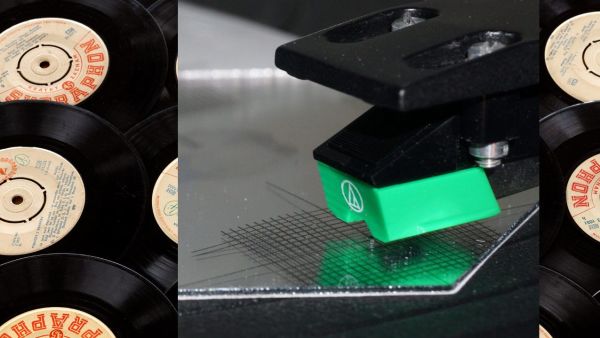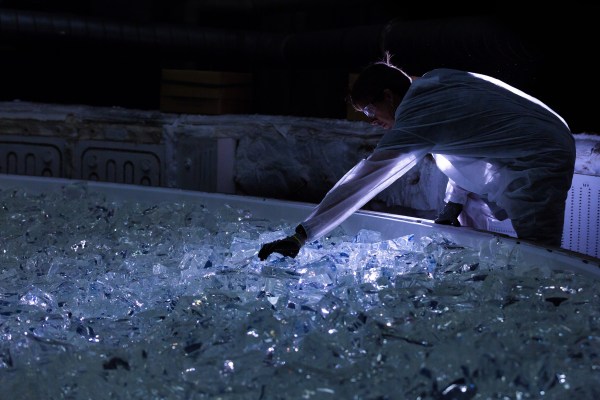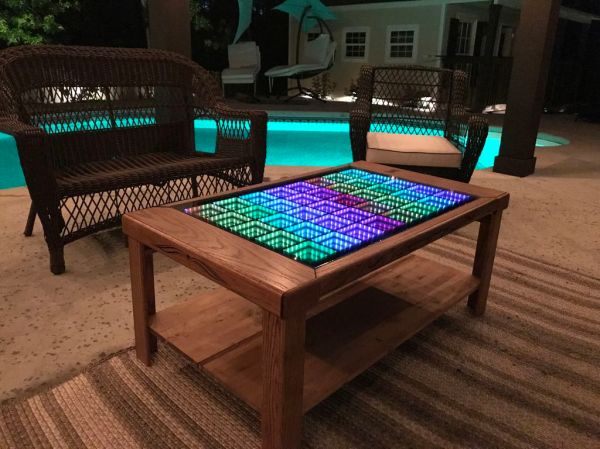Digitally stored music is just data. But not long ago, music was analog and required machines with moving parts. If you have never owned a record player, you at least know what they look like, now that there’s a(nother) vinyl revival. What you may not be aware of is that the player’s stylus needs to be aligned. It makes sense, that hypersensitive needle can’t be expected to perform well if it’s tearing across a record like a drift racer.
There are professional tools for ensuring alignment, but it’s not something you’ll need each day. [Ali Naci Erdem] shows us his trick for combining a printable template with a mirror to get the same results without the professional tool costs. Instead of ordinary printer paper, he prints the template on a piece of clear plastic and lays it across a small mirror. These are both items which can be picked up at a hobby store, which is not something we can say about a record player mirror protractor.
We love music hacks like this informative introduction to circuit bending, the wonderful [Martin] from Wintergatan, or if you want to get weird, an organ made from Furbies.


















